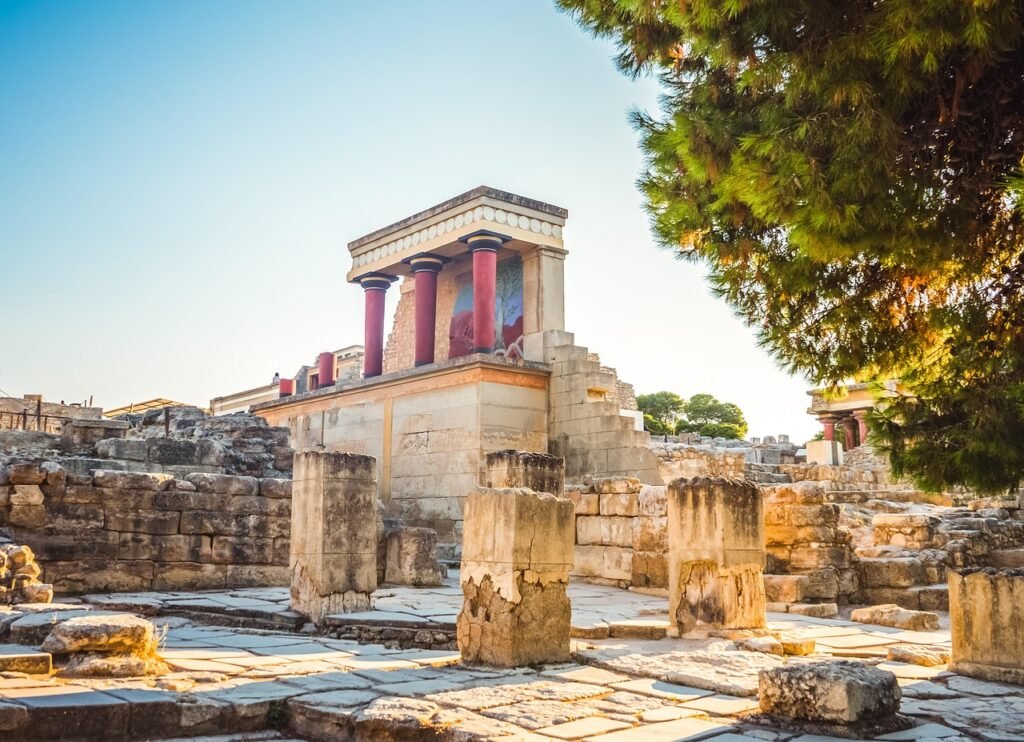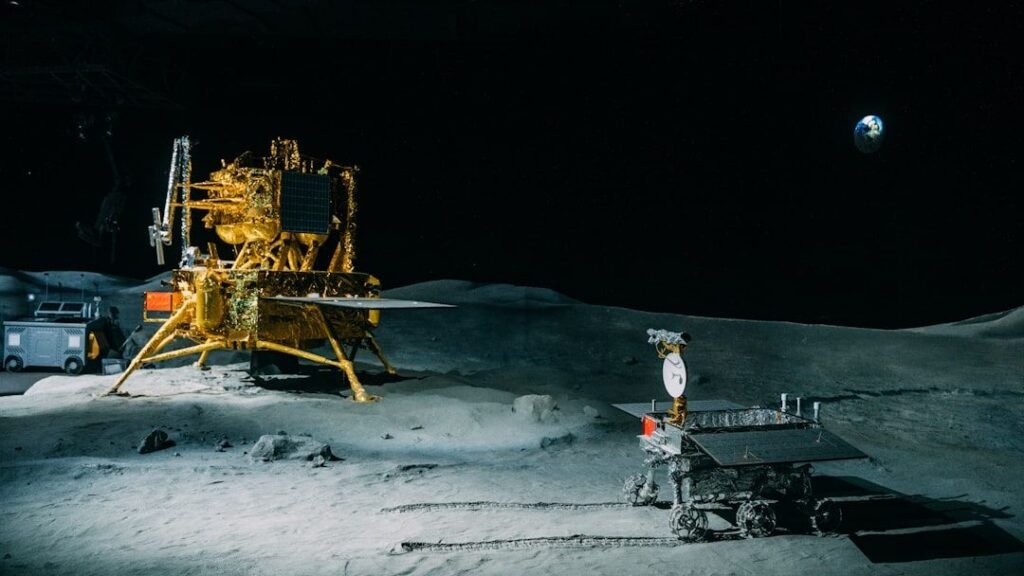Throughout human history, magnificent civilizations have risen to incredible heights only to vanish as mysteriously as morning fog. While some ancient societies left behind clear records of their decline, others simply disappeared, leaving behind only tantalizing clues and empty cities that archaeologists still struggle to understand today. These lost worlds continue to haunt our imagination, reminding us that even the mightiest empires can crumble into dust. From the vast cities of the Indus Valley to the cliff dwellings of the Ancestral Puebloans, the stories of these civilizations are as fascinating as they are tragic. Some were undone by climate shifts, others by invading armies, and still more by mysteries we’ve yet to unravel. Their ruins whisper of bustling markets, sacred rituals, and powerful leaders—all silenced in the blink of an eye. Modern science and archaeology are piecing together fragments, but questions still outnumber answers. These vanished societies stand as both puzzles to solve and cautionary tales about the fragility of human achievement.
The Maya – Masters of Time Who Lost Their Way
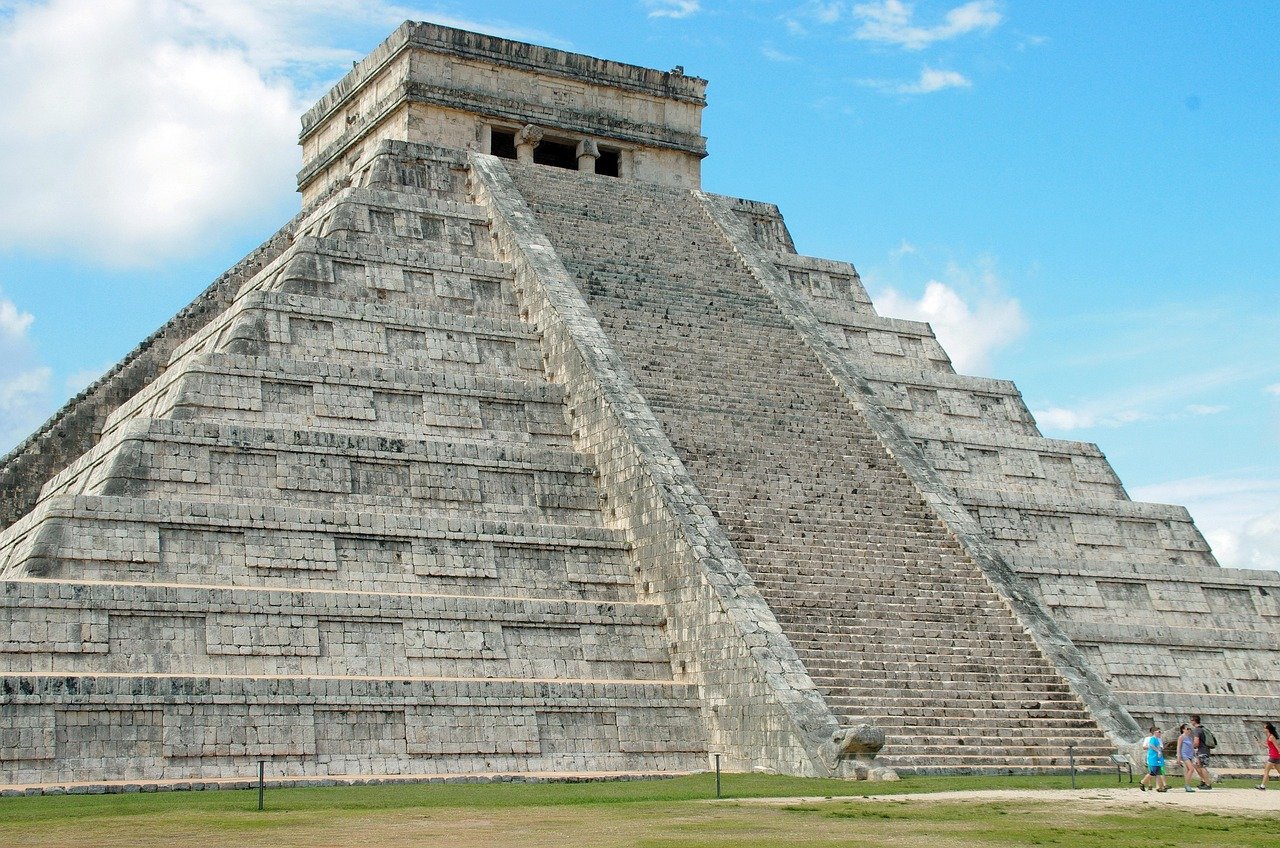
At its height, the Maya empire extended throughout the Yucatán Peninsula, modern-day Guatemala, Belize, and parts of Mexico, making it one of the most dominant civilizations of its time. Arguably the New World’s most advanced pre-Columbian civilization, the Maya carved large stone cities into the jungles of southern Mexico and Central America, complete with elaborate plazas, palaces, pyramid-temples and ball courts. Known for their hieroglyphic writing, as well as their calendar-making, mathematics, astronomy and architecture skills, the Maya reached the peak of their influence during the so-called Classic Period, from around A.D. 250 to A.D. 900.
But at the end of the Classic Period, in one of history’s great enigmas, the populace suddenly deposed its kings, abandoned the cities and ceased with technological innovation. What makes this collapse even more puzzling is that the Maya never disappeared. Millions of their Mayan-speaking descendants continue to inhabit the region to this day. Their sudden abandonment of the great ceremonial centers remains one of archaeology’s most enduring mysteries.
The Indus Valley Civilization – The Bronze Age Enigma
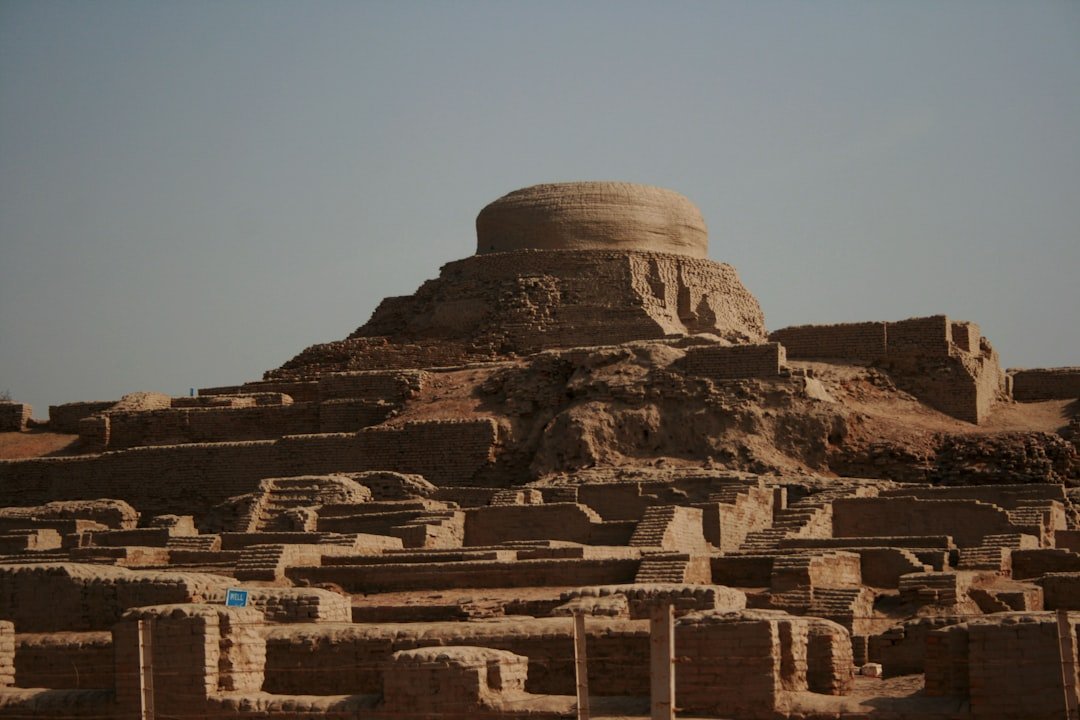
The Indus civilization, also known as the Harappan civilization, was one of the largest in ancient history, extending over parts of India, Pakistan, and Afghanistan and containing as many as five million people. By the third millennium B.C., they occupied over 386,000 square miles of territory – much more than their better-known contemporaries in Egypt and Mesopotamia – and accounted for an estimated 10 percent of the world’s population. They also developed a writing script that’s still yet to be deciphered, and their cities contained sanitation systems that remained unequaled until Roman times.
It disappeared approximately 3,000 years ago for reasons unknown. Experts generally agree that it was most likely a massive drought that caused the downfall of the Indus Valley Civilization. Mass starvation would have led to a sharp decline in population and could have resulted in urbanites fleeing into the countryside in desperate need of food. The fact that their written language remains undeciphered to this day means if this language is ever fully understood, perhaps it could help explain what happened to these people all those years ago.
The Minoan Civilization – Europe’s First Advanced Society
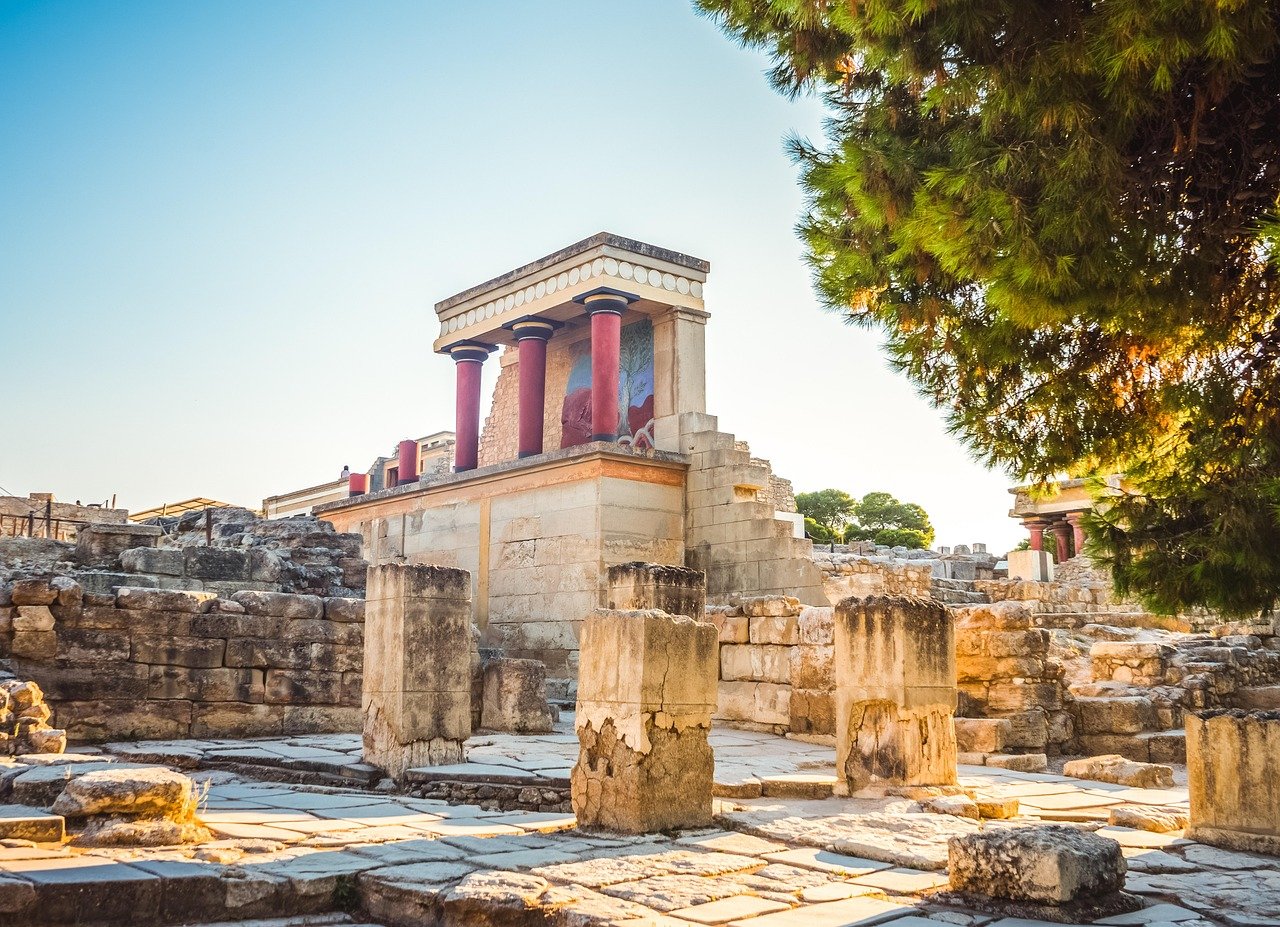
Hailing from the Greek island of Crete, the Minoans were an old Bronze Age civilization that existed from between 3000 and 1000 BC, long before the Golden Age of Athens and Alexander the Great. Reaching its peak about 1600 bce and the later 15th century, Minoan civilization was remarkable for its great cities and palaces, its extended trade throughout the Levant and beyond, and its use of writing. Its sophisticated art included elaborate seals, pottery (especially the famous Kamáres ware with its light-on-dark style of decoration), and, above all, delicate, vibrant frescoes found on palace walls.
By the middle of the 15th century the palace culture on Crete was destroyed by conquerors from the mainland. The cause of the Minoans decline and disappearance remains a mystery. Some scholars believe that a volcanic eruption on the nearby island of Thera (modern-day Santorini) caused widespread destruction and disrupted the Minoan economy. Others believe that they were weakened by invasions from the Mycenaeans, a civilization that emerged on the Greek mainland c. 1600 BC. What makes this civilization particularly fascinating is that one of the greatest enigmas of the Minoan civilization lies in its undeciphered script, Linear A. Used primarily for religious and administrative purposes, this ancient writing system has puzzled linguists and archaeologists for decades. Unlike its successor, Linear B, which was deciphered and linked to Mycenaean Greek, Linear A remains an unsolved linguistic puzzle.
The Ancestral Puebloans – Cliff Dwellers of the American Southwest
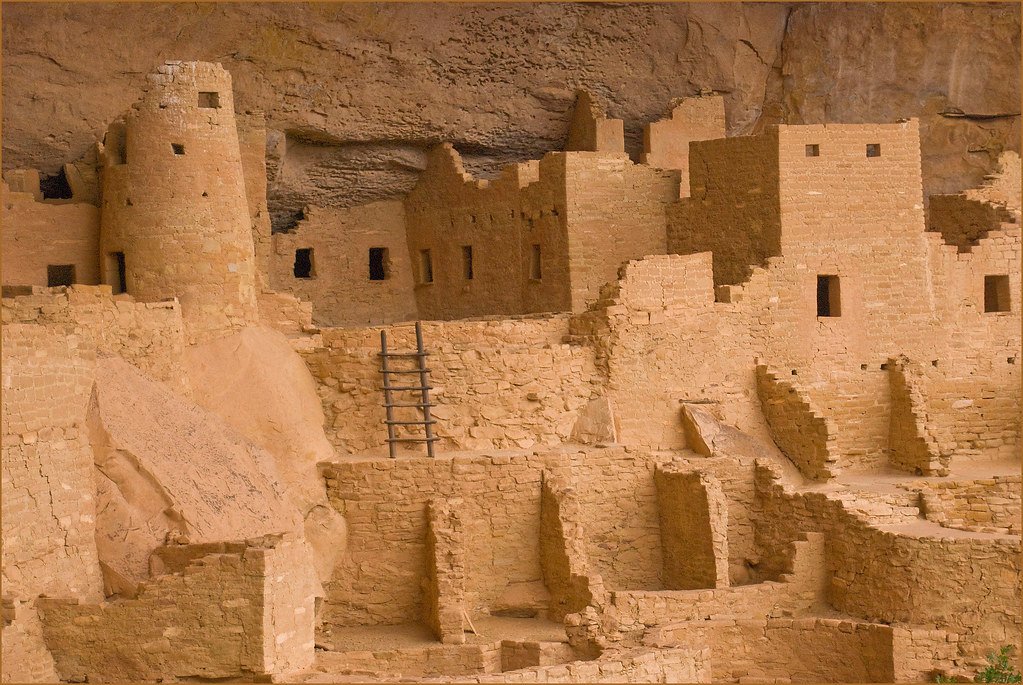
The Anasazi, also known as the Ancestral Puebloans, were a prehistoric Native American civilization that thrived in the American Southwest from approximately 100 to 1300 CE. Renowned for their impressive cliff dwellings, intricate pottery, and advanced agricultural practices, the Anasazi left behind a rich cultural legacy. However, by the end of the 13th century, their civilization had largely collapsed, and they abandoned their major settlements.
An examination of tree trunks from that period using dendrochronology indicates that a severe drought occurred in the region between 1276 and 1299. Often referred to as the Great Drought, this climatic event probably occasioned crop failures and shortages of drinking water, creating difficulties in provisioning the concentrated population living in the cliff dwellings. Tree-Ring Data: Dendrochronological studies have revealed periods of severe drought coinciding with the abandonment of major Anasazi sites. This evidence supports the theory that environmental stress played a significant role. What’s particularly striking is that throughout the centuries, the Anasazi weathered comparable crises – a longer and more severe drought, for example, from 1130 to 1180 – without heading for the cliffs or abandoning their lands.
The Khmer Empire – Angkor’s Lost Kingdom
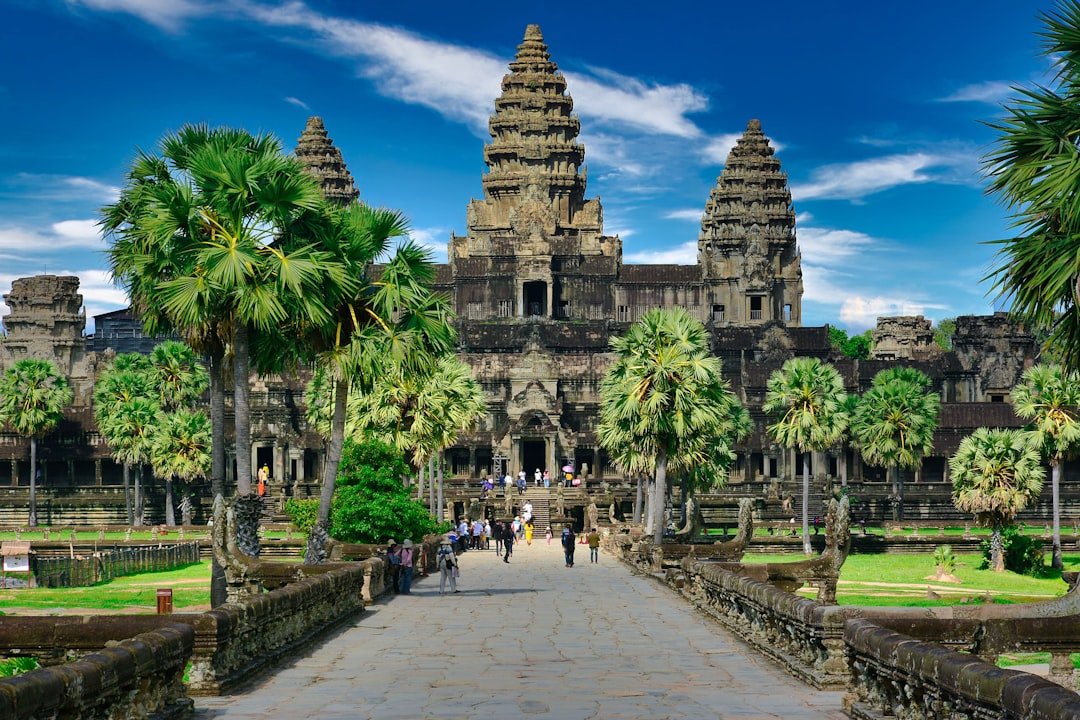
On the other side of the world, the Khmer empire had spread across modern-day Cambodia. Angkor was one of the civilization’s largest cities, with an extensive system of roads and canals and an estimated population of as many as one million people. The Khmer empire was at its height between 1000 and 1200 CE, and experts are unsure what caused the civilization to disappear, leaving its cities at the mercy of the relentless jungle.
Theories range from war to environmental catastrophe. The sheer scale of Angkor Wat and the surrounding temple complex makes their abandonment even more mysterious – how could a civilization capable of creating such architectural marvels simply vanish? The jungle slowly reclaimed these magnificent structures, hiding them from the world for centuries until French explorers rediscovered them in the 19th century.
Easter Island Civilization – Mysteries of the Pacific
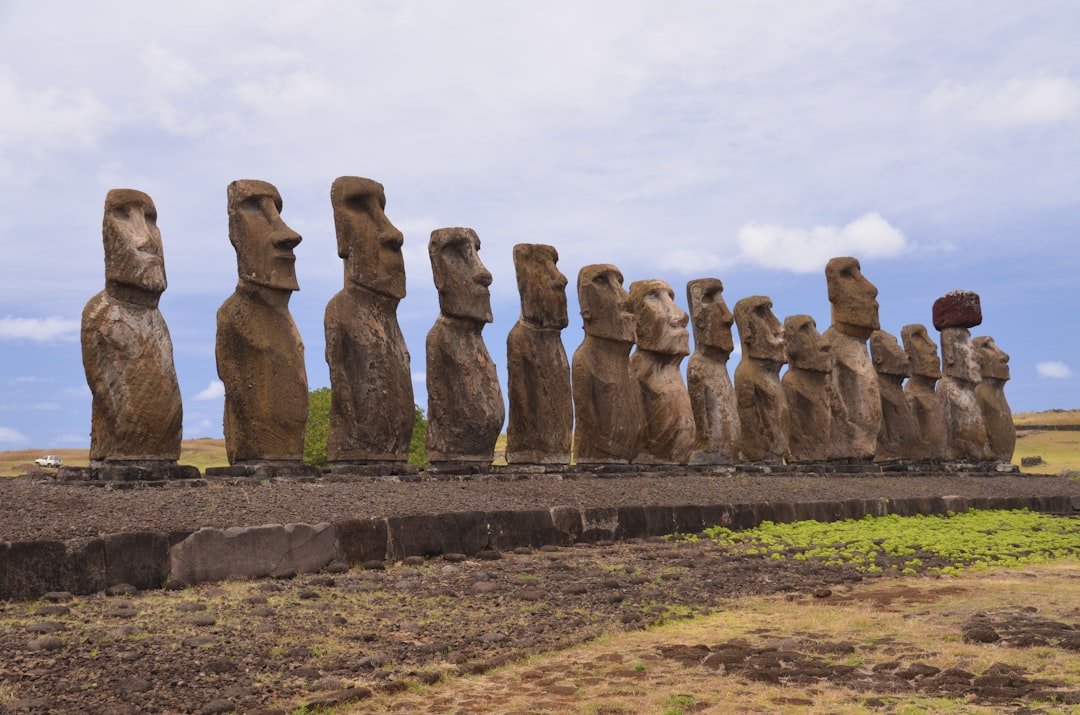
Famous for the massive stone heads that line its coast, Easter Island (Rapa Nui) was home to a thriving Polynesian civilization that first settled the island about 700 CE. Its residents were skilled navigators of the sea and demonstrated other advanced abilities. The remote island now known as Easter Island was once a thriving hub of commerce that sat along a heavily trafficked trade route that ran through the Southern Pacific Ocean. Settled by a small group of Polynesian sailors sometime in the 9th century AD, it is estimated that the island referred to as Rapa Nui by its native inhabitants had a population reaching 15,000. By the time of European arrival, the population had dwindled to a minuscule 2000-3000 people.
By analyzing charcoal fragments and the pollen in sediment cores, scientists have since discovered that Easter Islanders cut down almost every last tree, and that rats ate the trees’ seeds before the forest could re-germinate. This ecological catastrophe, which eliminated the ability to make rope or seagoing canoes and reduced the populace to burning grass for fuel, may have then ushered in a period of mass starvation and civil war. Some speculate that diminishing natural resources may have led to the civilization’s decline. Disease and other factors may also have played a role.
The Mississippians – North America’s Lost Metropolis
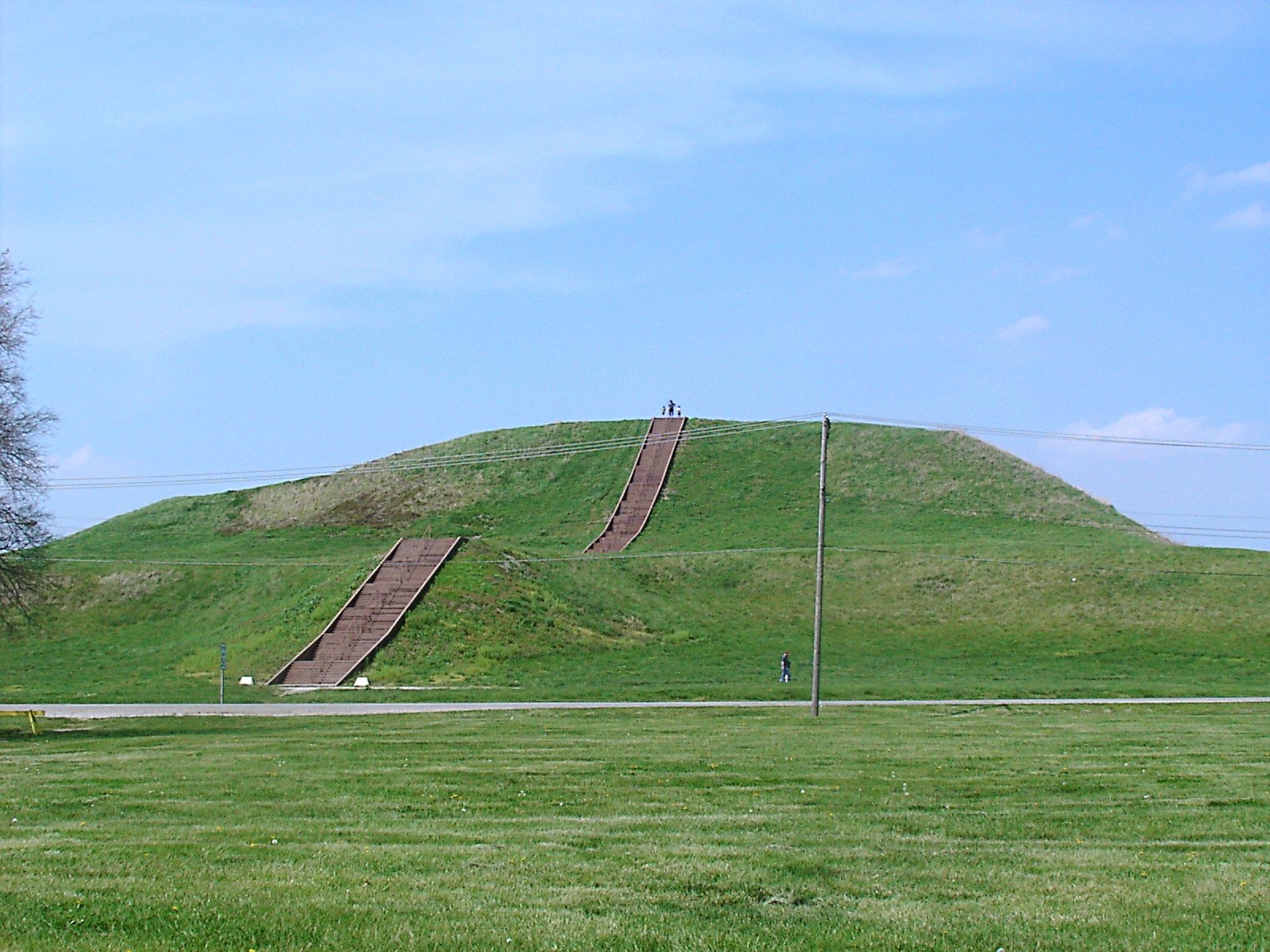
From about 700 CE until European contact and colonization, much of the American Southeast and mid-continent was home to an agrarian civilization known as the Mississippians. One of their largest cities, Cahokia, was located near modern-day Collinsville, Illinois. Estimated at six square miles, Cahokia featured a massive central plaza, large earthen pyramids, and wood structures similar in shape to Stonehenge that were used to track the stars. Some estimate the population of Cahokia at 40,000, with many living in villages outside the main city.
There were approximately 120 earthen mounds across Cahokia, one of which was over 100 feet tall and required 14 million baskets of dirt to create! Because of its location near several rivers, Cahokia was used as a trade center within the American Midwest. As with other lost civilizations, experts don’t know with certainty what led to the gradual demise of the Mississippians. Popular theories suggest that the decline was the result of environmental degradation or of famine and disease resulting from poor sanitation.
The Olmec Civilization – Mesoamerica’s Mysterious Forerunners
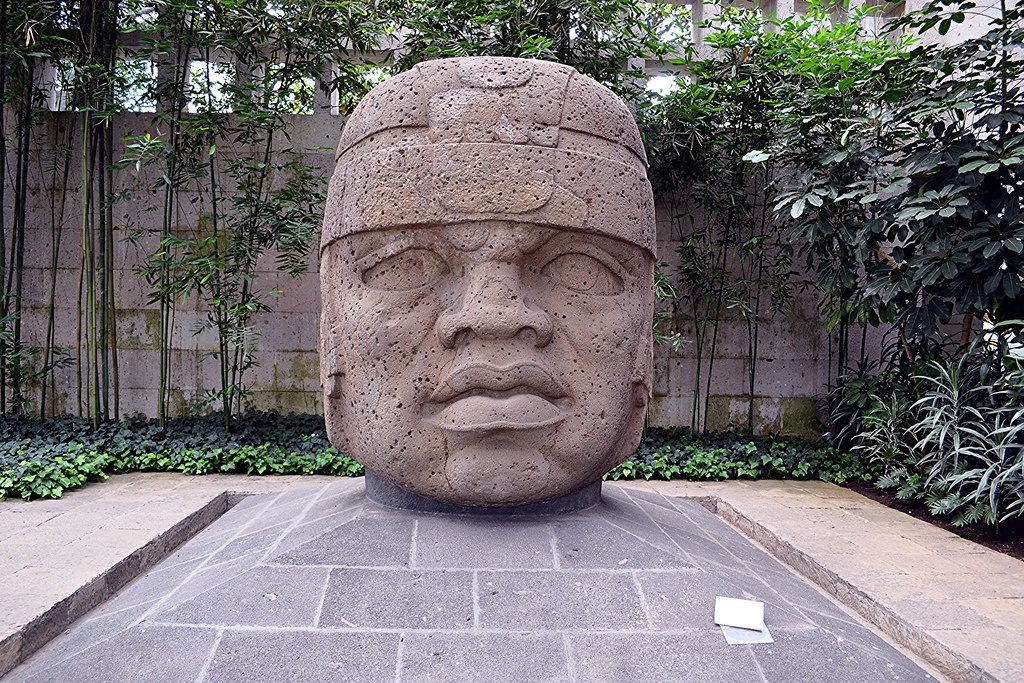
So much of this culture that lived long ago has been lost to time, and we don’t even actually know what they called themselves or much about their language. “Olmec” is a term the Aztecs had for them centuries after their disappearance, which translates roughly to “rubber people.” Even more interesting is the fact that not a single trace of anyone who lived there remains – not even the bones.
They disappeared from the world stage sometime around 400 BC. Some have suggested that the insanely humid Mesoamerican climate eroded their bones away. But as for the people, the language, and the culture outside of their art and artifacts, we know next to nothing, especially not why they vanished. What makes the Olmec particularly intriguing is that they were clearly the predecessors to later Mesoamerican civilizations, yet they left behind virtually no written records or clear explanation for their disappearance. Their massive stone heads remain as silent sentinels to a lost world we may never fully understand.
Çatalhöyük – The World’s First City That Vanished
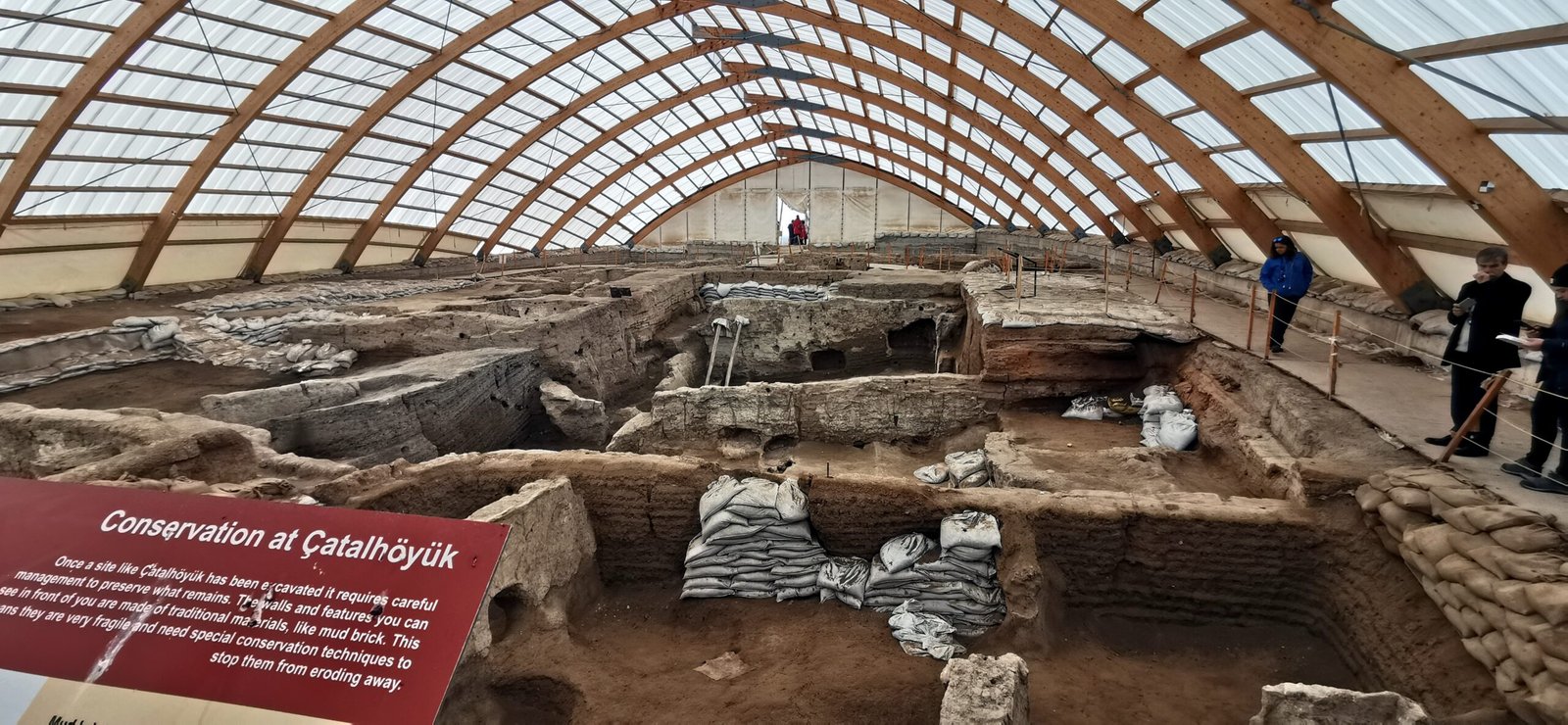
Modern-day south-central Turkey was once home to one of the world’s oldest cities: Çatalhöyük. It was part of an extensive civilization that flourished between 9,000 and 7,000 years ago and then suddenly disappeared. This Neolithic settlement was remarkable for its time – thousands of people lived in tightly packed houses with no streets, entering their homes through holes in the roof.
The people of Çatalhöyük were among the world’s first farmers and city dwellers, pioneering urban living thousands of years before other great civilizations. They created beautiful art, including the world’s oldest known map and stunning wall paintings featuring wild animals and geometric patterns. Yet after thriving for nearly two millennia, this groundbreaking civilization simply faded away, leaving archaeologists to wonder what caused humanity’s first urban experiment to fail.
The Dilmun Civilization – Paradise Lost in the Persian Gulf
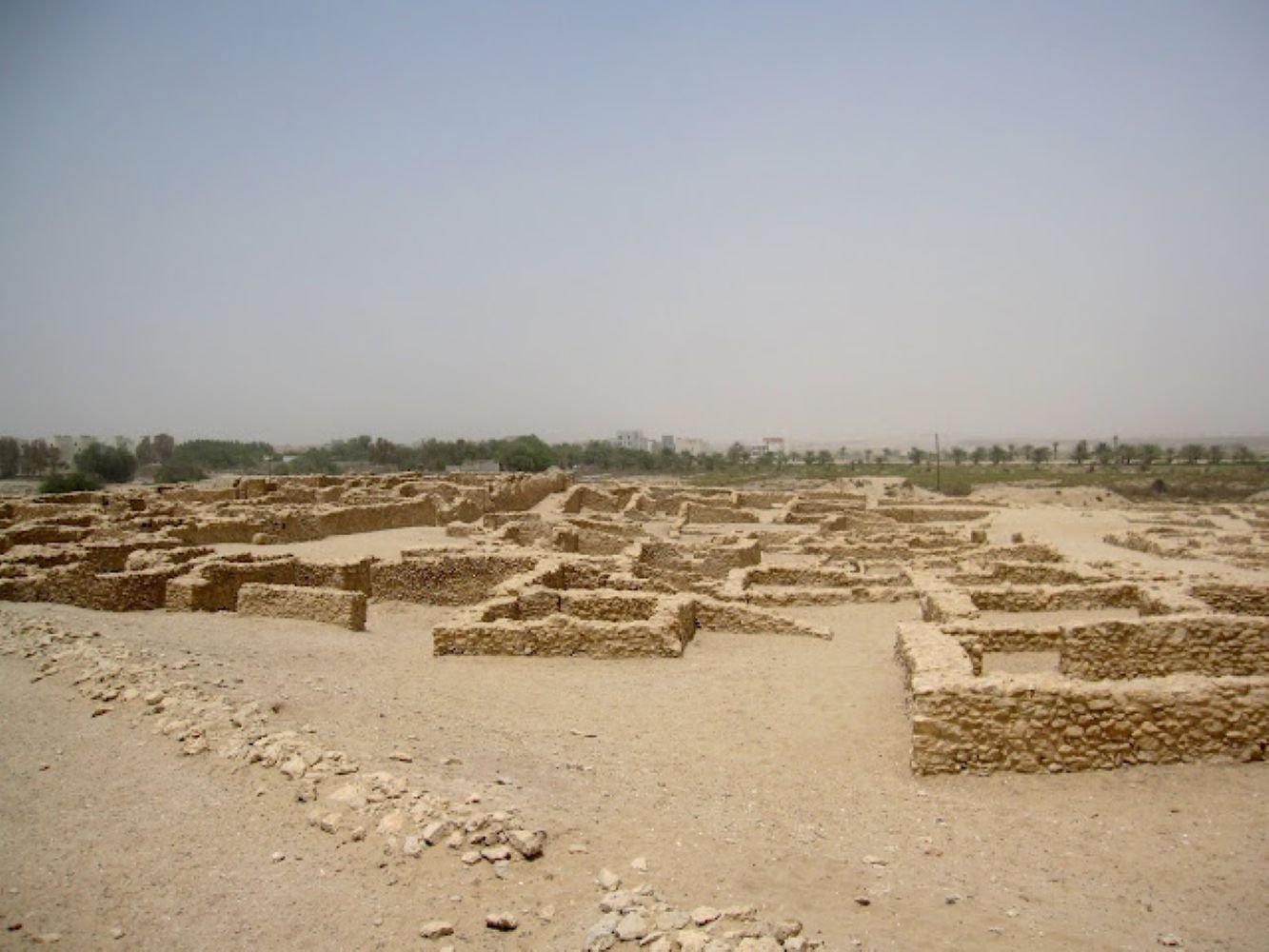
In ancient Mesopotamian texts, Dilmun is described as a paradise land, a “holy place” where the sun rises and some of the gods dwelled. For centuries, scholars debated whether Dilmun was merely mythological – until archaeological excavations in the 20th century revealed that this legendary civilization was very real. Centered on what is now Bahrain, with influences extending to eastern Saudi Arabia and Kuwait, Dilmun was a maritime trading power that flourished between approximately 2200 BCE and 600 BCE before mysteriously fading from prominence.
At its height, Dilmun served as a crucial intermediary between the great civilizations of Mesopotamia and the Indus Valley, as well as controlling trade with regions as distant as Africa and the Far East. Its strategic location in the Persian Gulf made it a natural hub for commerce. Despite its importance in ancient trade networks and its mention in epic literature like Gilgamesh, Dilmun gradually disappeared from history, leaving behind impressive burial mounds and the ruins of a once-great trading empire that connected the ancient world.
Conclusion
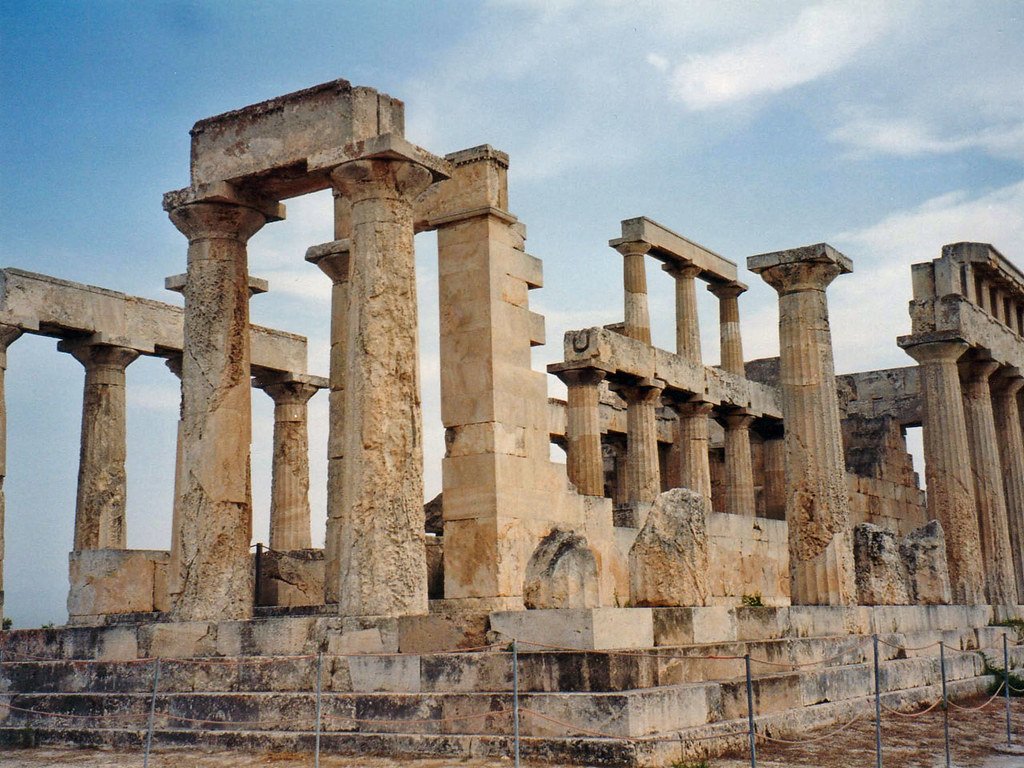
These ten vanished civilizations remind us that human achievement, no matter how grand, remains fragile in the face of time and circumstance. From the sophisticated drainage systems of the Indus Valley to the astronomical precision of Maya calendars, from the cliff-hanging architecture of the Ancestral Puebloans to the maritime mastery of Dilmun traders, each of these societies reached remarkable heights of human accomplishment.
Yet they all share a common thread – they disappeared not with catastrophic endings recorded in history books, but quietly, mysteriously, leaving behind more questions than answers. Climate change, warfare, disease, resource depletion, and social upheaval all likely played roles, often in combination rather than isolation. What’s perhaps most humbling is that many of these civilizations had previously survived similar challenges, suggesting that collapse often comes not from a single blow but from a perfect storm of circumstances that overwhelms a society’s ability to adapt.
As we face our own global challenges today, these ancient mysteries serve as both warning and inspiration. They remind us that no civilization is permanent, but they also showcase humanity’s incredible capacity for innovation, adaptation, and resilience. The descendants of many of these “lost” peoples continue to thrive today, carrying forward the wisdom and traditions of their ancestors in new forms.
What secrets might still lie buried beneath jungle canopies, desert sands, or ocean waves, waiting to rewrite our understanding of the past?

Hi, I’m Andrew, and I come from India. Experienced content specialist with a passion for writing. My forte includes health and wellness, Travel, Animals, and Nature. A nature nomad, I am obsessed with mountains and love high-altitude trekking. I have been on several Himalayan treks in India including the Everest Base Camp in Nepal, a profound experience.

